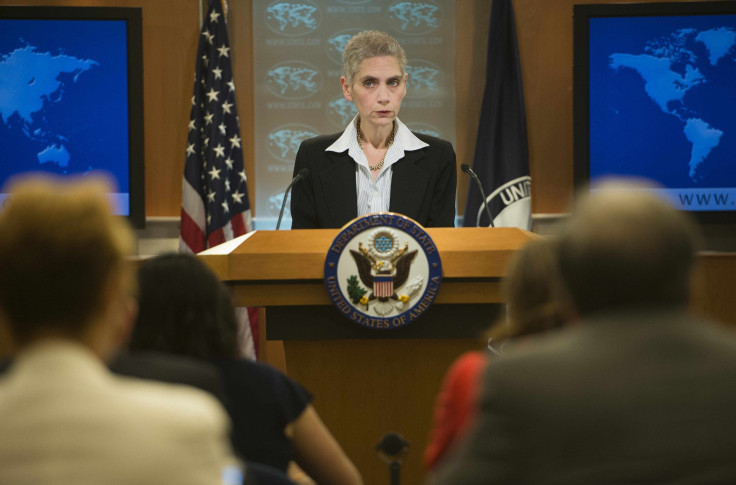Terror Report 2014: Terror Attack Victims, Foreign Fighters, Lone-Wolf Violence Increased Globally

Terrorist attacks around the world increased 35 percent in 2014, and deaths from terror-related incidents increased 81 percent, the U.S. State Department’s Country Reports on Terrorism 2014 said. During that same year, the war in Syria saw the largest influx of foreign fighters of any conflict in the past 20 years.
As of December 2014, more than 16,000 foreign fighters had traveled to join the battle in Syria, many of them at the invitation of the Islamic State group, also known as ISIS or ISIL. This unprecedented wave of recruitment to terrorist groups requires a counterterrorism strategy that includes prevention of radicalization at the local level and deradicalization programs in the fighters’ home countries, Tina Kaidanow, ambassador-at-large and the department's coordinator for counterterrorism, said at a press briefing on Friday.
“Many of the foreign terrorist fighters joined ISIL, which, through intimidation and exploitation of political grievances, a weak security environment in Iraq, and the conflict in Syria, secured sufficient support to conduct complex military operations in an effort to seize contiguous territory in western Iraq and eastern Syria for a self-declared Islamic caliphate,” said the State Department’s report.
However, in 2014, the majority of terror attacks in the world took place in Iraq, Pakistan, Afghanistan, India and Nigeria, despite the fact that the Islamic State group controls significant territory in only one of those countries, according to statistics from the University of Maryland.
A major source of foreign fighters in Iraq and Syria come from Iranian-backed groups, said the report. Iran continues to be a leader of state-sponsored terrorism and has increased its efforts in Iraq over the last year, training and funding Shiite militias that are fighting ISIS, a Sunni group and therefore a sectarian rival. Iran’s involvement in the Middle East is largely carried out by its proxies, the most powerful of which is Lebanese Hezbollah.
In Syria, for example, Syrian President Bashar Assad’s army has been reinforced with Iran-backed forces like the Shiite Iraqi militias, Lebanese Hezbollah and Afghan fighters. At least one of these Iraqi militias, Kataib Hezbollah, is on the U.S. Designated Terrorist List. Local reports suggest that KH is present in both Iraq and Syria.
Last year also saw an increase in so-called lone wolf attacks in Western countries. These are small-scale terror operations often carried out by someone who has been inspired by terrorist groups in the region. In these cases, the attacker’s allegiance to a terrorist organization is much harder to assess. Most attackers are killed while carrying out the operation, thus making it more difficult to pinpoint the different motives that drive a lone wolf to commit a terrorist attack.
Combating an undefined enemy like lone wolf attackers requires a global effort to curb terrorist group messaging, radicalization at the local level and a widespread network of “governments, [nongovernmental organizations] and military partners,” Kaidanow said.
“The terrorism challenges that we face continue to evolve at a rapid pace,” Kaidanow said. “We believe we can best protect America’s interests and people over the long run by engaging in robust diplomacy, expanding our partnerships, building bilateral and regional capabilities, and promoting holistic and rule of law-based approaches to counterterrorism and violent extremism.”
© Copyright IBTimes 2024. All rights reserved.






















